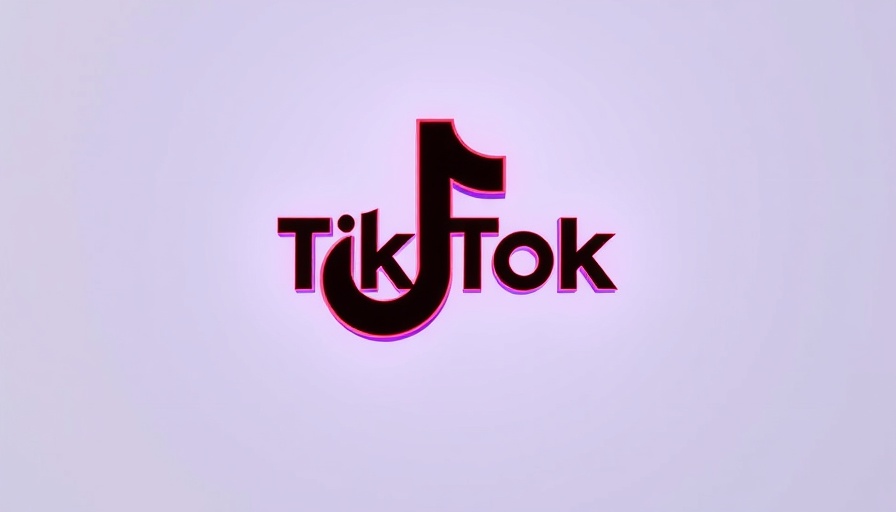
New Horizons for Age Verification in Social Media Platforms
In a digital age where users often share their lives online, age verification has become a hot topic across social media platforms. As part of its commitment to align with Ireland's new Online Safety Code, X, formerly known as Twitter, has stepped up to introduce age assurance measures. This new requirement addresses the growing concern for online safety, particularly for younger users, making it necessary for platforms like X, Instagram, Facebook, and TikTok to innovate their processes to keep minors protected.
Understanding the Age Verification Mandate
Ireland’s Online Safety Code aims to create a safer online environment, emphasizing that all video-sharing platforms implement age-checking measures. The law came into effect recently, and companies are facing hefty fines—up to $23 million or 10% of annual turnover—for any non-compliance. This newly reinforced enforcement highlights the responsibility that social media companies have towards their user base, particularly vulnerable populations.
The Mechanics of X's Age Assurance Process
X’s approach to age verification is distinct from others. Instead of opting for extensive third-party verification, X is focusing on a four-step **multi-faceted verification strategy**. This includes signals like self-attested ages and ID verifications. It makes the process feel less invasive while still ensuring a safer experience for all users. Here’s a breakdown of how this process works:
- Self-attested Age: If a user previously indicated they are under 18, this forms part of the evaluation.
- ID Verification: Users may be prompted to provide identification should they fall within certain age brackets.
- Other age-signal assessments will also play a pivotal role in determining a user’s age as X navigates this complex requirement.
- Unlike Meta, which has pursued extensive third-party verification options, X's less stringent approach aims for accessibility while still prioritizing safety.
A Response to User Privacy and Safety Concerns
The move for X’s age verification aligns with emerging trends in consumer technology where user privacy and safety take paramount importance. Social media platforms have long faced scrutiny regarding user safety, especially concerning minors. By adopting these measures, X not only aligns with legal compliance but also resonates with users' growing desires for transparency and security in their digital lives.
Broader Implications for Digital Marketing
For brands and marketers, understanding the implications of these age-checking measures is crucial. With new regulations kicking in, targeting strategies must evolve to adhere to these protocols effectively. As younger users are increasingly becoming a focal demographic, marketers need to ensure they operate within legal frameworks while still engaging with this valuable audience. This emphasis on safety will likely shape future marketing strategies, pushing brands to refine their approaches to content creation and audience engagement.
Future Trends in Age Verification
As social media continues to evolve, it’s essential for stakeholders to consider what the logistical implications of these age verification measures will be. Will other countries follow suit in implementing similar regulations? How will these changes impact user engagement and overall platform trust? These questions remain open for discussion but suggest we live in a time where technology and regulation are increasingly intertwined.
Conclusion: Stepping into a Safer Digital Future
X’s proactive approach to age verification signifies a step towards a more secure online environment. As regulations evolve, companies that prioritize safety will not only comply with laws but also earn user trust. Are you a marketer or user curious about how these changes could affect your social media interactions? Embrace the future of digital safety and stay informed about the transforming landscape.
 Add Row
Add Row  Add
Add 




Write A Comment